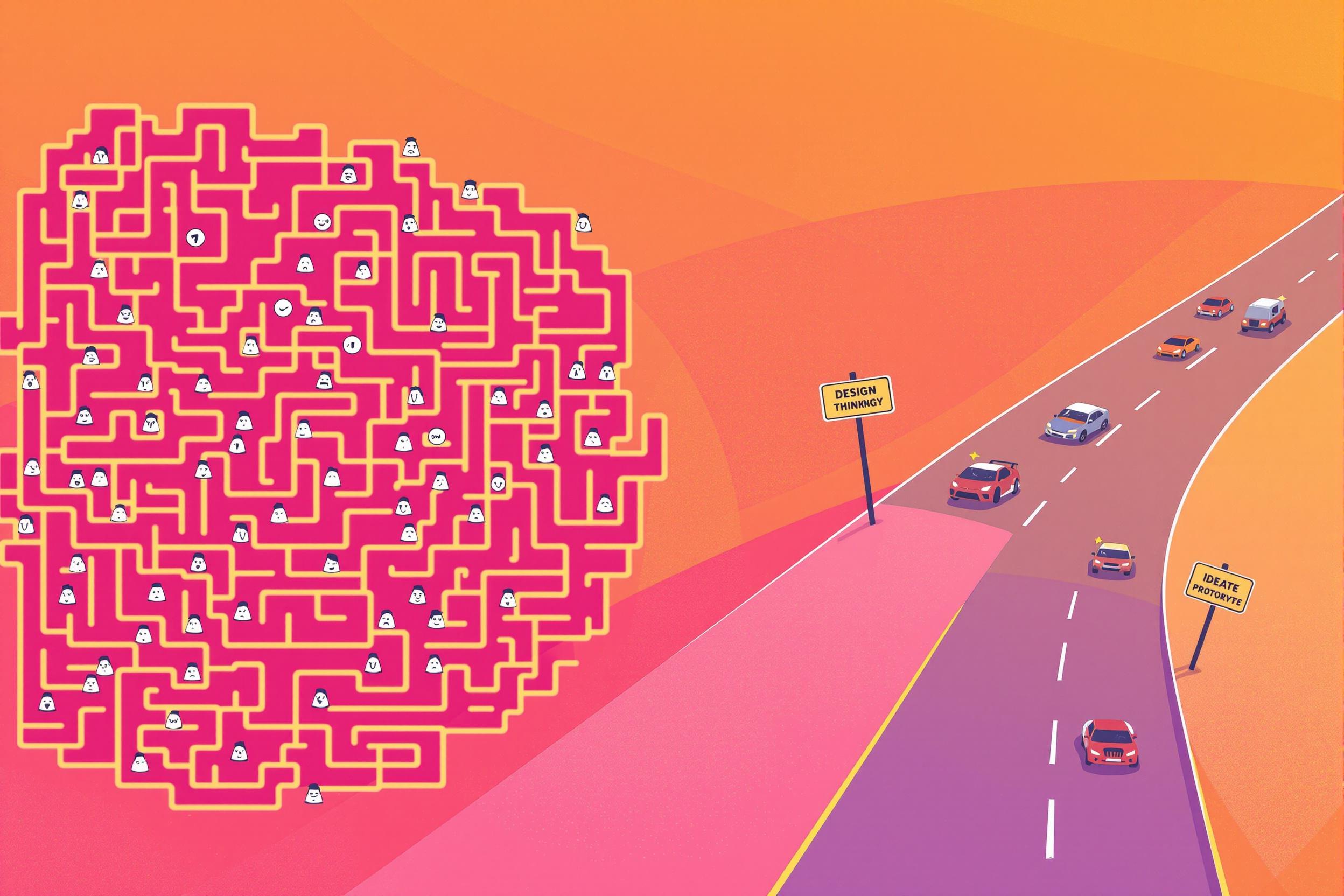
Logic Model
A Logic Model is a planning tool that shows how a program or policy is supposed to work. Think of it as a roadmap that connects what an organization does (activities) to what it wants to achieve (results). Policy consultants use Logic Models to explain complex programs in a simple, visual way, similar to how a flowchart works. It helps show funders, stakeholders, and team members how resources and activities lead to desired outcomes. Other names for this include "program logic," "theory of change," or "program framework." It's commonly used in government agencies, nonprofits, and organizations that need to show how their programs make a difference.
Examples in Resumes
Developed Logic Model frameworks for state-level education programs
Created and implemented Logic Models and Program Logic frameworks for healthcare initiatives
Led stakeholder workshops to design Theory of Change and Logic Model documentation for grant proposals
Typical job title: "Policy Consultants"
Also try searching for:
Where to Find Policy Consultants
Professional Associations
Online Resources
Job Boards
Example Interview Questions
Senior Level Questions
Q: How would you handle stakeholder disagreement about program outcomes in a Logic Model?
Expected Answer: Should discuss facilitation techniques, consensus building, and ways to incorporate multiple perspectives while maintaining program integrity. Should mention experience leading difficult conversations and finding common ground.
Q: How do you ensure Logic Models remain useful tools rather than just documentation exercises?
Expected Answer: Should explain practical applications, such as using the model for program monitoring, evaluation planning, and continuous improvement. Should discuss how to keep stakeholders engaged and the model relevant.
Mid Level Questions
Q: What elements do you include in a Logic Model and why?
Expected Answer: Should describe inputs, activities, outputs, and outcomes (short-term, medium-term, and long-term), and explain how these components connect to tell the program's story.
Q: How do you develop indicators for measuring Logic Model outcomes?
Expected Answer: Should discuss how to create measurable indicators, both quantitative and qualitative, that align with program goals and are realistic to collect and track.
Junior Level Questions
Q: What is the purpose of a Logic Model?
Expected Answer: Should explain that it's a tool for planning and evaluation that shows the connection between program activities and intended results in a clear, visual way.
Q: What's the difference between outputs and outcomes in a Logic Model?
Expected Answer: Should explain that outputs are direct products of activities (like number of workshops held), while outcomes are the changes resulting from these activities (like improved knowledge or behavior change).
Experience Level Indicators
Junior (0-2 years)
- Basic Logic Model development
- Program documentation
- Stakeholder mapping
- Basic data collection
Mid (2-5 years)
- Facilitating stakeholder discussions
- Outcome measurement
- Program evaluation planning
- Grant proposal development
Senior (5+ years)
- Strategic program design
- Complex evaluation frameworks
- Training and capacity building
- Policy impact assessment
Red Flags to Watch For
- Unable to differentiate between outputs and outcomes
- Lack of experience with stakeholder engagement
- No understanding of program evaluation basics
- Cannot explain how to measure program success
Related Terms
Need more hiring wisdom? Check these out...

Unlocking Team Potential: Personality Mapping for Dynamic Management

Beyond the Resume: Cultivating a "Hire for Potential" Mindset in Management

Micro-Internships: The Game-Changer in Project-Based Learning

